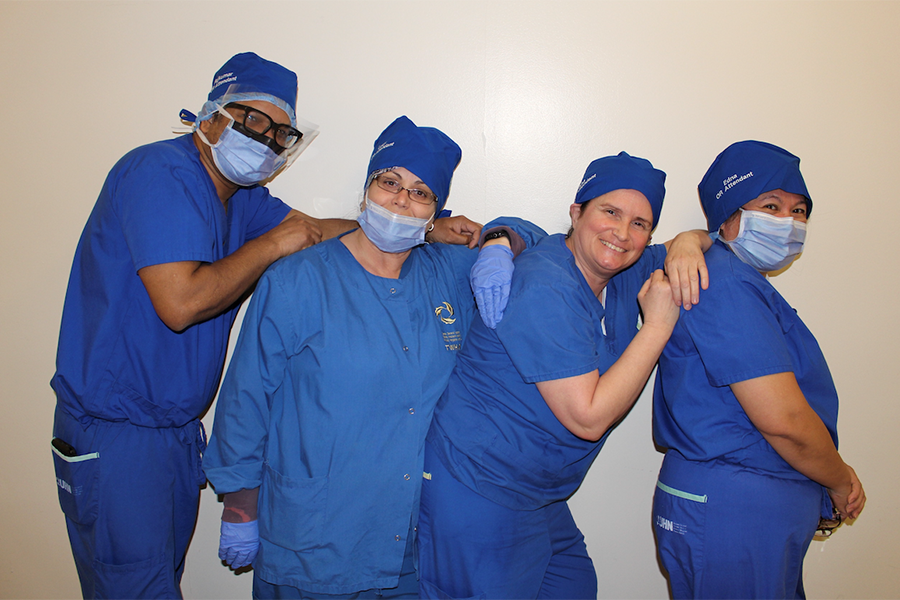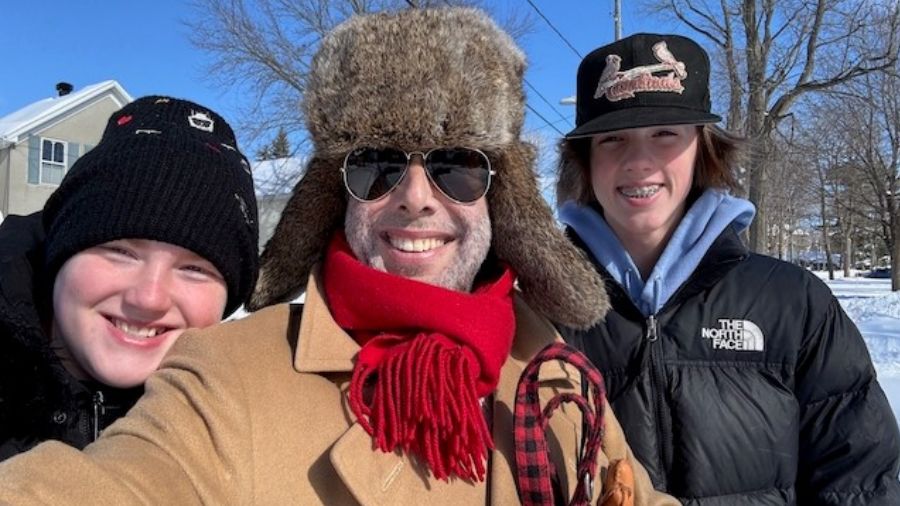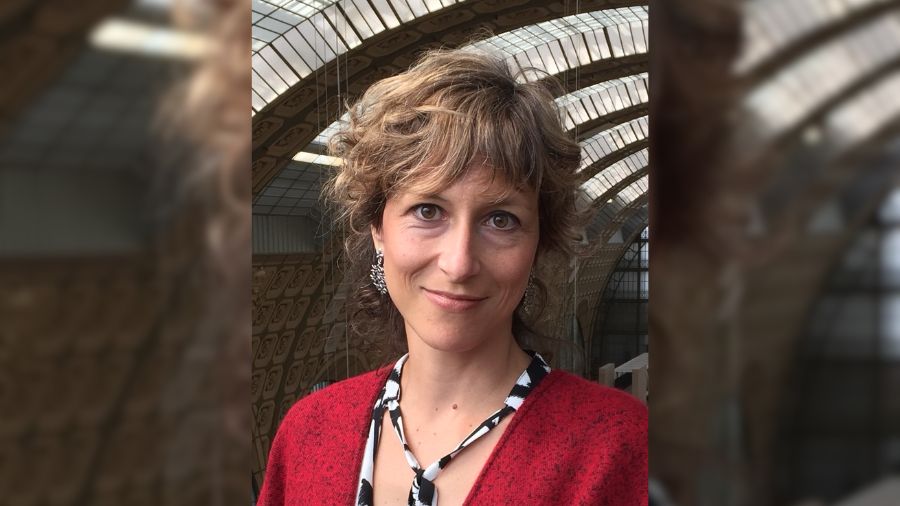Andrew went through surgery to donate a part of his liver a few months after his wedding to Carey. (Photo: Courtesy, Andrew Christie)
“I just feel so grateful to have had the opportunity to help someone. This has been one of the most meaningful experiences I’ve ever gone through in my life.”
The testimonial from the hundredth anonymous (or non-directed) living liver donor at UHN’s Ajmera Transplant Centre, Andrew Christie, is something teams at the Living-Donor Liver Transplant (LDLT) Program often hear from non-directed donors.
LDLT is the preferred treatment for patients in liver failure; patients are transplanted earlier, in a better state of health, and have better long-term outcomes. Anonymous living donation – when the living donor and recipient never learn each other’s identities – brings the benefits of living donation to patients who would otherwise be on the waiting list for a transplant from a deceased donor.
These anonymous donors’ altruistic gesture to donate a piece of themselves to save a complete stranger never ceases to amaze the team.
“It never gets old. I’m still amazed by these individuals who are willing to step up and actually put their lives on the line for someone they don’t know,” says Dr. Mark Cattral, Surgical Director of the LDLT and a member of the Sprott Department of Surgery at UHN, who performed the first living donor liver transplant in Toronto with Dr. Ric Superina in 1996.
Dr. Cattral has been involved in most of the one hundred cases involving anonymous donors, and he says it is very humbling to work with these individuals.
“These are very special people,” says Dr. Cattral, who is also a Professor of Surgery at the University of Toronto.
Their stories are always worth sharing, and even more so during Be A Donor month, celebrated in April – a month dedicated to raising awareness about transplant and organ donation.
Andrew Christie donated a piece of his liver to a stranger. He explains what motivated him to become a living donor. (Video: UHN)
The Ajmera Transplant Centre is a world leader in living-donor liver transplant with a strong record of safety – 100% survival for donors, an achievement only made possible by having a talented multidisciplinary team. However, living donors still have to be ready to undergo major surgery, stay on average for seven days in hospital, and go through an additional six to eight weeks of recovery time.
Many times, donors like Andrew, not only go through this process but also share their journeys to help raise awareness to living organ donation.
“The stories about these fantastic, altruistic people have helped raise awareness and had a great impact in growing our program,” says Medical Director of the LDLT Program, Dr. Nazia Selzner.
“And this has been true even during the past two years impacted by the COVID-19 pandemic. Anonymous donors continued to step forward, and our team has risen to the challenge to make all these life-saving transplants possible,” adds Dr. Selzner, who is also an Associate Professor of Medicine at U of T.
Anonymous donation has continuously grown since the first case at UHN in 2005. Representing a few cases per year in the early days, they grew rapidly to represent 20 per cent of all living donor liver transplants performed at the Centre in 2021.
These donations are facilitated by the Centre for Living Organ Donation within the Ajmera Transplant Centre, which was created in 2018 to improve access to living organ donation for those in need of transplant, and to simplify the process for donors like Andrew who want to give a transformative gift of life.
Becoming a living donor during the COVID-19 pandemic and right after his wedding
Andrew says, in a way, he was following the steps of his mother as he decided to become a non-directed liver donor. She has been a blood donor all her life and taught her children to strive to give back to the community.
“What inspired me was a profound desire to give back to a community that gave me so much throughout my life,” he says.
“This gave me an opportunity to make such a direct impact for someone who, without the donation, was not going to make it.”
As this was a non-directed living organ donation, Andrew doesn’t know any details about the recipient other than that they are a child. He says it always puts a smile on his face to imagine the impact for this child and their family.
The process to become a donor took a few months between assessment at the Ajmera Transplant Centre and being matched to a recipient in need of a liver transplant.
All of this happened during the pandemic and as Andrew was planning his wedding to Carey, his spouse. He was called to surgery just a few weeks after the ceremony and still decided to go through with it.
“The commitment to excellence in care from everybody at UHN really helped me understand the requirements and put my mind at ease to move forward with the donation,” he says.
“I also couldn’t have done this without the support from Carey, from my sister Vanessa, and everyone around me,” he adds about the importance of caregivers and community support.
Read more about the History of the Living-Donor Liver Transplant Program at UHN’s Ajmera Transplant Centre, and learn more about how to become a living liver donor.


